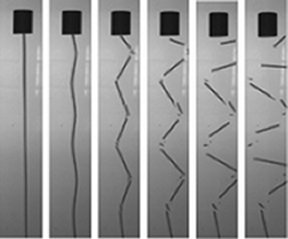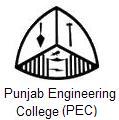The very definition of engineering adopted by the "Accreditation Board for Engineering and Technology" itself illuminates the central position of materials: "Engineering is the profession in which a knowledge of the mathematical and natural sciences gained by study, experience, and practice is applied with judgment to develop ways to utilize, economically the materials and forces of nature for [society's] benefit" Thus, in a real sense, virtually every modern technology is materials-limited at the present time with respect to performance, reliability, or cost.
The discipline of Materials Science and Engineering links scientific research with applied engineering to design materials for specialized uses. This field draws upon many areas in both the scientific and engineering realms. From science, the study of physics, chemistry, mathematics, and computer science each play a part in explaining the origin of unique properties found in a substance. The engineering knowledge and experience of ceramists, metallurgists, electrical, mechanical, and chemical engineers are brought to bear in the application of these properties for a required use. It is this combination of scientific exploration and practical, hands-on engineering that makes this field so fascinating.







